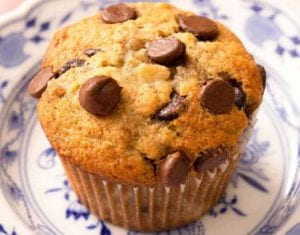What I Liked About Home Economics
This term the practical I enjoyed most was when we were all making the foods and eating it. The reason I enjoyed it was because when I cook there’s nothing else better I can be doing because everything else I do is boring. The suggestion I have for a practical for net term is doing more healthy food and like less fat food because just cooking fat food isn’t always good for us. And I also want to cook Tuesday and Friday because we are only it on Tuesdays. I don’t think I need the teacher to help me with anything because I feel like I could do things by my self
Cupcakes
Flour
Baking powder
Milk
eggs
vanilla essence
Butter
Sugar
I wasn’t at school on Tuesday because I was out doing my course. My group made me some and I only took one but then I got one given to me.
Chocolate Cookies
18-3-2025
chocolate chips
butter
flour
sugar
condensed milk
On Tuesday we made some chocolate chip cookies, It took us longer to make because we didn’t put the tray in right. It took us a bit to mix all of the ingredients together because our electric stir was not working so we had to use a wooden spoon but that’s was okay.
Banana Choc Chip Muffins
11-3-2025
On Tuesday we made some chocolate chip muffins for our cooking day. I was in a group with 2 people that are both of my friends. We all took turns doing the fixing and breaking the eggs and the bananas and we were just laughing and gagging because the bananas felt yuck. I feel like me and my team worked very well because we were including each other, and we were doing the work plus listening.
Recipe.
Chocolate chips
Flour
Salt
Milk
Bananas
Sugar
Egg
Muffin cases
Butter
Baking powder
Photo

Pizza Swirls
Flour
Pizza Paste
Salt
Cheese
Cheese Scones
21-2-2025
1- Like last week I had the same people in my group, Yazmin and Maia.
2- We all enjoyed doing the cooking because as soon as we get it done we pull it out and wait for it to cool down.
3- When The food comes out we start eating it straight away because you know we were all hungry and couldn’t wait but we need to learn to make them slower once again and we need to learn not to eat them as soon as they come out of the oven
How to make it
Flour
Sugar ( optional )
Salt
Butter
Milk
Baking powder
Cheese
And jam if you wanted it
Bread cases practical.
1- In my group I was with Maia and Yazmin we started talking about how we were going to do things.
2- I enjoyed eating the food and also making it because we made it pretty fast.
3- Make the food slower so we have more time to enjoy it and not eat it as soon as it comes out of the oven.


 Me and my team won once and we lost one round.
Me and my team won once and we lost one round.
